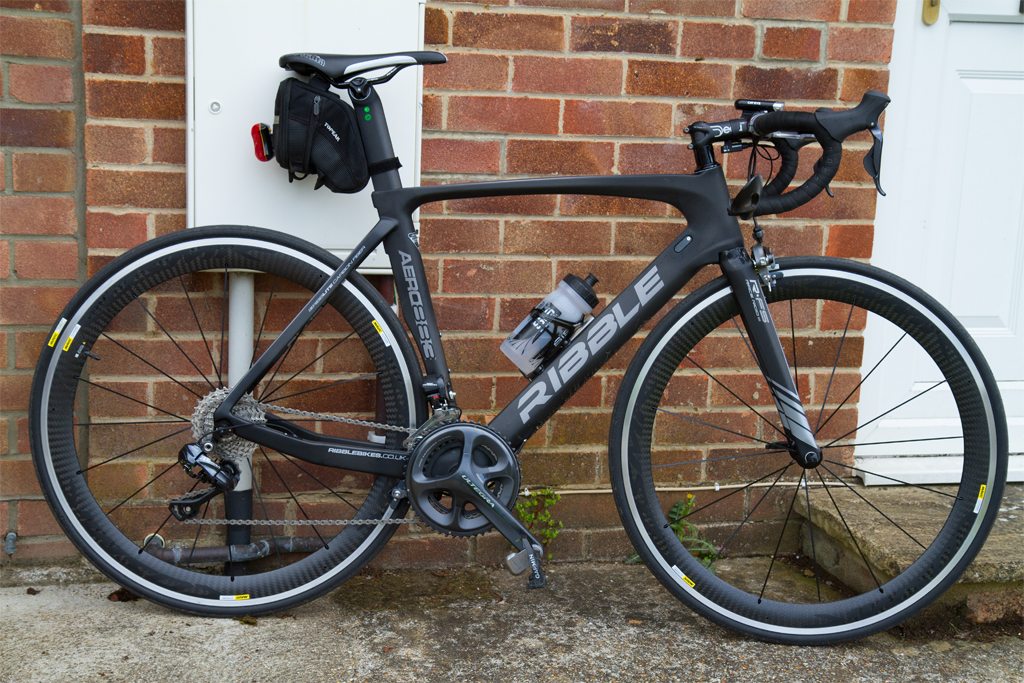Mountain biking is a dynamic sport that’s as much about the rider as it is about the equipment. Choosing the right amount of suspension travel for your bike can significantly impact your riding experience, comfort, and performance. Whether you’re a seasoned pro or just starting out, understanding how suspension travel affects your ride is essential. This article will guide you through the key considerations when selecting the ideal amount of travel for your mountain bike.
Understanding Suspension Travel
Suspension travel on a mountain bike refers to the distance a wheel can move vertically to absorb impacts from the trail. It’s typically measured in millimeters (mm) and is found in both the front fork and rear shock. The amount of travel you need depends on your riding style, terrain, and personal preferences.
Most modern mountain bikes have between 100mm and 170mm of suspension travel. This range covers everything from cross-country race machines to versatile mid-travel trail bikes and hard-hitting enduro bikes. While more travel might seem like a benefit, it’s not always the best choice. Too much travel can make a bike feel sluggish and inefficient, while too little can leave you feeling exposed on technical trails.
When to Choose a Long-Travel MTB

Long-travel bikes, which typically have 150-170mm of rear travel, are designed for aggressive downhill riding. They excel on steep, rough, and technical trails where big hits and high-speed descents are common. These bikes provide extra cushioning and stability, making them ideal for riders who want to tackle challenging terrain with confidence.
If you regularly ride steep or gnarly trails, a long-travel bike could be a game-changer. However, if you mostly stick to mellow flow trails, a long-travel bike might feel overkill. It could be cumbersome and less efficient for climbing, requiring more energy to push uphill. That said, if you’re looking to build confidence on descents, a long-travel bike can offer the support and margin for error you need.
When to Choose a Short-Travel MTB

Short-travel bikes, with 100-120mm of travel, are built for efficiency and agility. They’re perfect for cross-country racing, long adventure rides, and mellow trails where speed and pedaling efficiency are key. These bikes are lighter and more responsive, making them easier to maneuver on smooth or technical sections of trail.
However, short-travel bikes may struggle on steep or rocky descents. If you venture onto gnarly downhill tracks, you might find yourself riding more cautiously and taking easier lines. For skilled riders who enjoy the challenge of precise line choices and active body movement, short-travel bikes can be more exciting and rewarding.
Finding the Right Balance: Mid-Travel “Quiver-Killer” Bikes
Mid-travel bikes, with 120-140mm of travel, offer a good compromise between downhill performance and climbing efficiency. Often referred to as “quiver-killers,” these bikes are versatile enough to handle a wide range of trail conditions. They’re ideal for riders who want one bike that can do it all—whether it’s a day at the bike park or a quick trail ride.
While mid-travel bikes don’t excel at anything in particular, they’re great for casual riders or those unsure about their specific needs. They strike a balance between the efficiency of short-travel bikes and the capability of long-travel models.
How to Choose the Right Mountain Bike
Choosing the right mountain bike involves considering several factors:
- Terrain: Rough, steep, and fast trails require more travel, while smooth and flowy trails can get by with less.
- Riding Style: Are you a downhill enthusiast, a cross-country racer, or someone who enjoys a mix of both?
- Fitness Level: If you’re fit and enjoy pushing your limits, a longer-travel bike might suit you. If climbing is a challenge, a shorter-travel bike could be more efficient.
- Skill Level: More travel can help build confidence, but it may also reduce the challenge of riding.
Ultimately, the best way to determine what works for you is to test different bikes and see how they perform on your local trails. Don’t hesitate to consult with experts at your local bike shop or read reviews before making a purchase.
Final Thoughts
There’s no one-size-fits-all solution when it comes to suspension travel. What works for one rider might not work for another. The key is to understand your riding habits, terrain, and goals. Whether you prefer the efficiency of a short-travel bike, the capability of a long-travel model, or the versatility of a mid-travel quiver-killer, there’s a bike out there that fits your needs perfectly.
So, take a close look at your regular rides, consider your strengths and weaknesses, and choose a bike that enhances your enjoyment of the sport. After all, mountain biking is about having fun and exploring the trails that inspire you.



